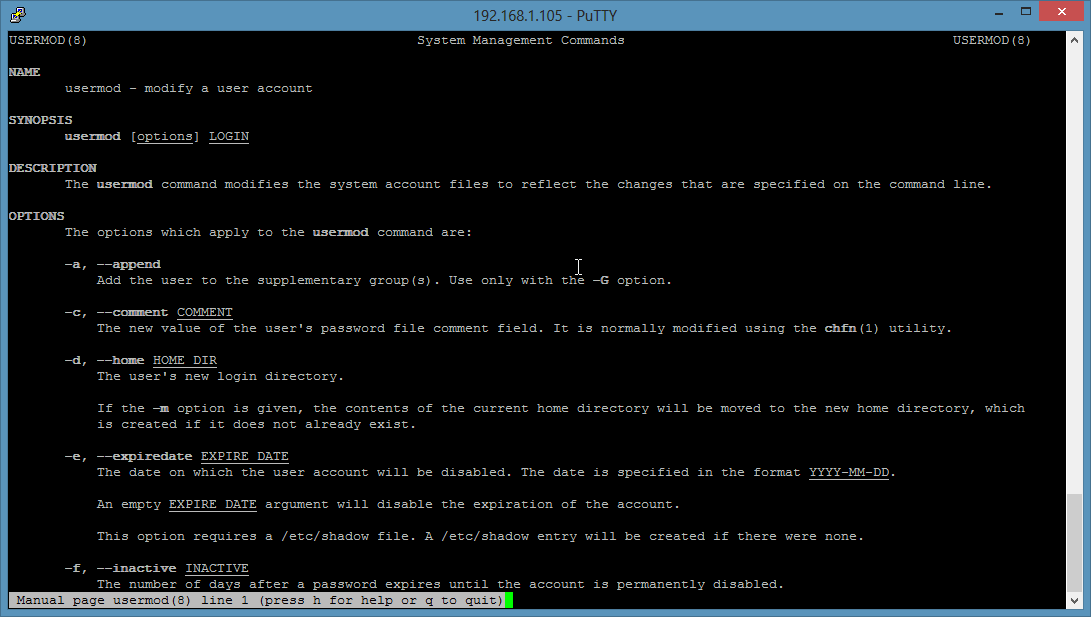Learn how to administer and manage users, user accounts, user groups, permissions, privileges, and access-related settings in Linux.
The user information is stored in the system /etc/passwd and /etc/shadow files, and that additionally, group membership information is stored in the /etc/group file.


Amazon EC2 Security Groups for Linux Instances . A security group acts as a virtual firewall that controls the traffic for one or more instances.

Users and groups are used on GNU/Linux for access control—that is, to control access to the system’s files, directories, and peripherals. Linux offers relatively simple/coarse access control mechanisms by default.

Linux System Administration and Configuration After installation, Linux requires configuration and systems administration. Corporate systems need monitoring, backups, updates, as well as system and user management.




Managing Group Access. Linux groups are a mechanism to manage a collection of computer system users. All Linux users have a user ID and a group ID and a unique numerical identification number called a userid (UID) and a groupid (GID) respectively.
There are two ways to run administrative applications in Linux. You can either switch to the super user (root) with the su command, or you can take advantage of sudo.

Changing the group a user is associated to is a fairly easy task, but not everybody knows the commands, especially to add a user to a secondary group. We’ll walk through all the scenarios for you. User accounts can be assigned to one or more groups on Linux. You can configure file permissions

I would like to use PowerShell to add a specific user to the local administrator group on a machine. I would be running the PowerShell script in the context of a user that has Administration right
This section contains optional procedures for configuring Linux hosts to work better with Docker. Manage Docker as a non-root user The docker daemon binds to a …